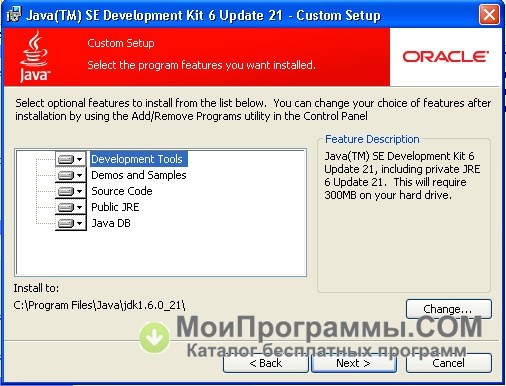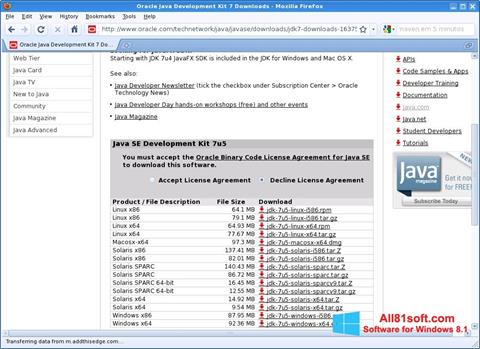
- #Oracle e java se development kit 8 upgrade
- #Oracle e java se development kit 8 software
- #Oracle e java se development kit 8 license
- #Oracle e java se development kit 8 free
There are suppliers, such as SAP, IBM and RedHat, that release commercial variants of Java. In the case of AdoptOpenJDK, the intention is expressed to provide continuous security patches for more than four years. Many of these OpenJDK providers promise to release security patches for more than six months.
#Oracle e java se development kit 8 software
In addition to Oracle OpenJDK, there are more OpenJDK builds available released by other software providers, such as AdoptOpenJDK.
#Oracle e java se development kit 8 upgrade
After this, Oracle will no longer issue security patches for the previous versions, with the intention that you upgrade to the next version. However, as you can see in the image, a new version of OpenJDk will be released every six months. This means that the OpenJDK version of Java can be used for free. Oracle releases OpenJDK under the GPL licensing model. These licenses are available for the Oracle LTS versions and provide, for as long as it is paid for, eight years of support from the release of an LTS version.Īlthough the name suggests otherwise, OpenJDK is also an Oracle product.
#Oracle e java se development kit 8 license
This license offers “Commercial support”. Oracle JDK requires a paid support license from version 11 onwards. In case anyone wonders, I will try to explain the difference between Oracle JDK and Open JDK. The above is visualized in the following image, from the official Twitter account of Java. Version 11 is also referred to as version 18.9 (September 2018), based on the release date. Version 11 was the first LTS variant, the next will be version 17. Hence, a Long Term Support (LTS) version will be released approximately every three years.

The disadvantage of the large number of releases is that Oracle will no longer continue to provide support on all of versions.Īlthough developers will prefer to get access to the newest functionalities of the software as quickly as possible, most companies would rather have a stable and secure version of Java. According to Oracle, the reason for the quick successive releases is to make the newest functionalities of Java accessible to developers as early as possible. The first release according to this new model was Java SE 9 in September 2017. The new Java model delivers a new release every six months. Approximately two years later there would be a next major release (in this example JDK 8). Then during the two years following the Major Release, three “minor updates” followed (in this example JDK 7.1, 7.2, and 7.3). Up until version 8 of Java, a “major release” was executed every two years, for example JDK 7 (Java Development Kit). To understand the changes in the support model of Oracle with regard to Java, it is important to examine the general release and support model for Oracle Java. Your situation may therefore be completely different from the one described below.

Every situation depends on the specific products and contracts within your company and is unique. Note: below text is purely informative and cannot be used to fully map your specific situation. In this blog I will try to explain what changes have been made and what options there are in Java software. This was pre-announced in 2017, but only came into force for end users in January of this year. The immediate reason for this quandary is the change that Oracle has made to the Java release cycle and the associated licensing model.

#Oracle e java se development kit 8 free
I am frequently asked by customers whether they should pay for Oracle Java going online and I often see the similar question “what to do now that Oracle has stopped the free Java version for business use” being raised in online forums.


 0 kommentar(er)
0 kommentar(er)
